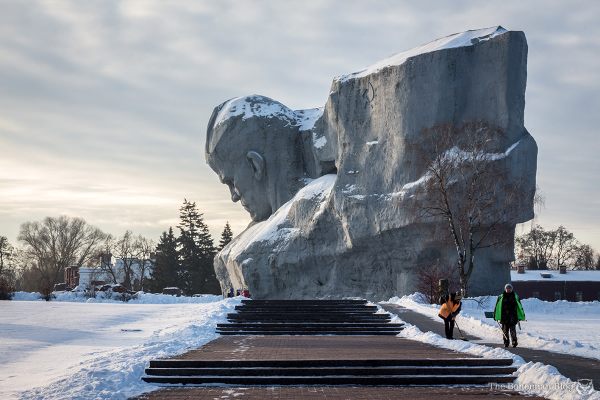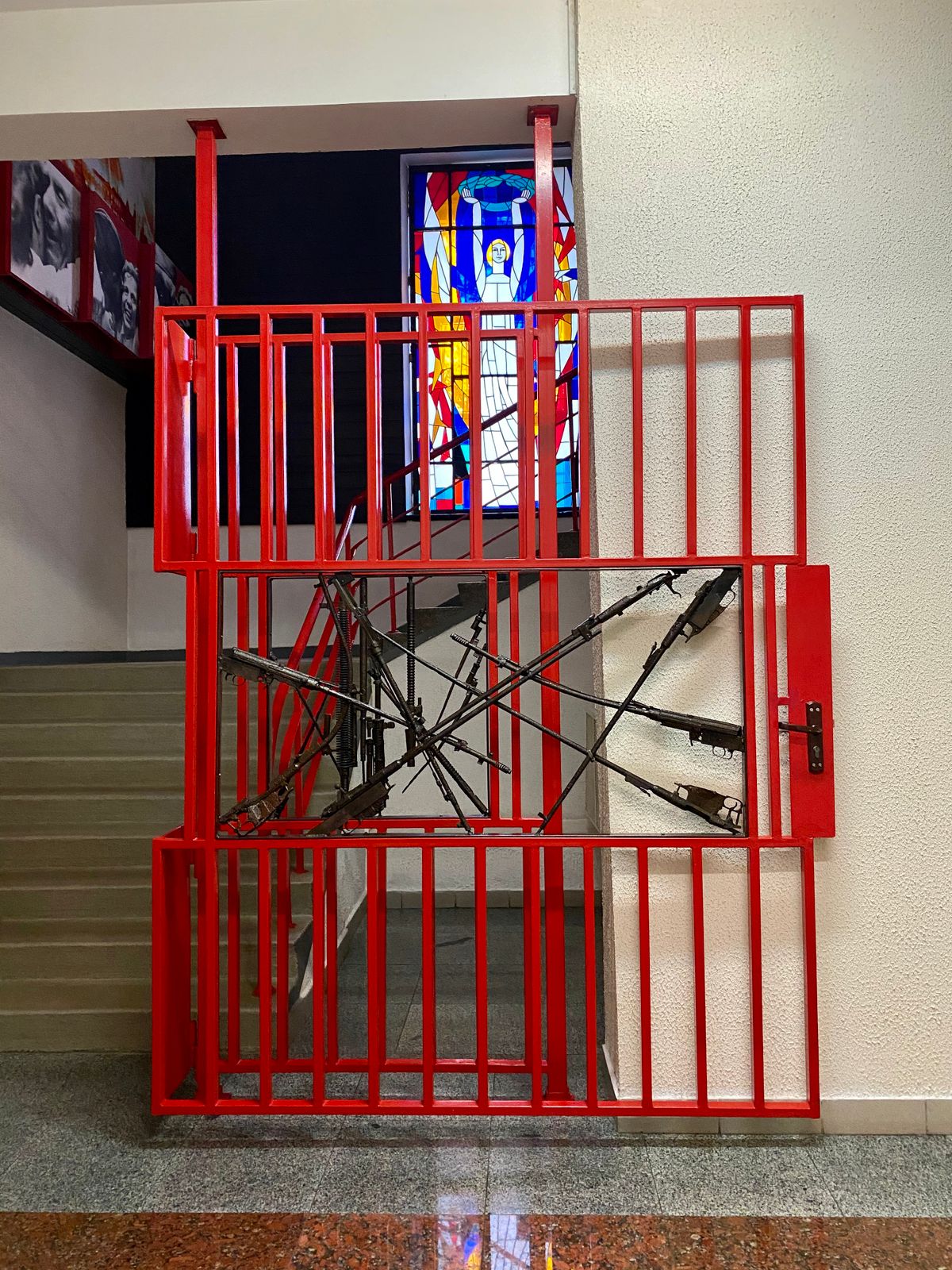About
Much like the Soviet "Hero Cities" that were given a special title due to their special defense of the nation during World War II, the Brest Fortress (now "Hero-Fortress") acted as a critical bulwark during the German invasion and now the site is protected as a major war memorial distinguished by its brutalist concrete statues and architecture.
First established in 1830 the fortress was designed as an impenetrable star sitting at the confluence of two rivers. There was a central structure known as the "Citadel" which was protected on all sides by three wide fortifications. As the westernmost defensive position in the Soviet empire in the 19th and early 20th century, Brest Fortress was a proud symbol of national strength almost from its inception, but it was also an important target for European invaders. After changing hands a few times during and after World War I, the Brest Fortress earned its lasting legacy during the World War II German invasion, Operation Barbarossa. During the siege, tens of thousands of German troops hammered the fortress which held strong thanks to a garrison of civilians and military who were nearly able to turn back the assault. Eventually the fortress fell however, with much of it being destroyed or damaged during the siege.
At the end of the war Brest was liberated and the fortress was retaken from the Germans, still the worse for wear. Instead of demolishing the complex, the entire site was turned into a huge memorial to the fighting men and women who died defending the position. It was given the new title of "Hero Fortress" and eventually large pieces of statuary were installed.
Today much of the defense is preserved just as it was after the war with the crumbling walls and bullet holes intact. Among the stunning and powerful sights are the massive star-shaped gate, a memorial known as "Thirst" that shows a sickly soldier getting a drink of river water, and the main monument which takes the form of an imperious stone giant. The main museum also holds a wealth of displays telling the story of the fortress.
Related Tags
Know Before You Go
The main entrance is in the end of praspekt Mašerava. You can enter or leave the complex from other gates as well. Part of the complex is a border zone between Belarus and Poland.
Community Contributors
Added By
Published
January 7, 2015




























































